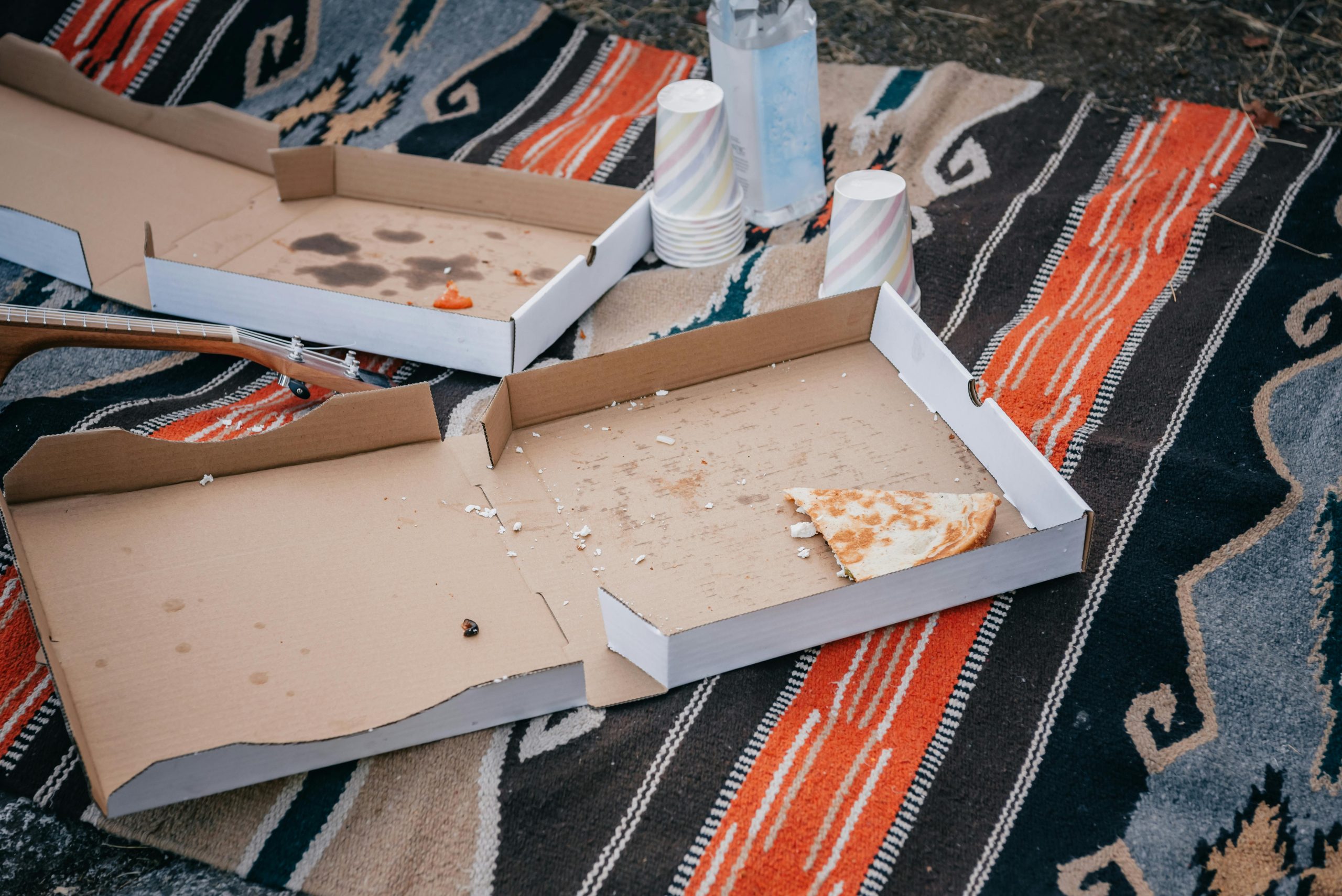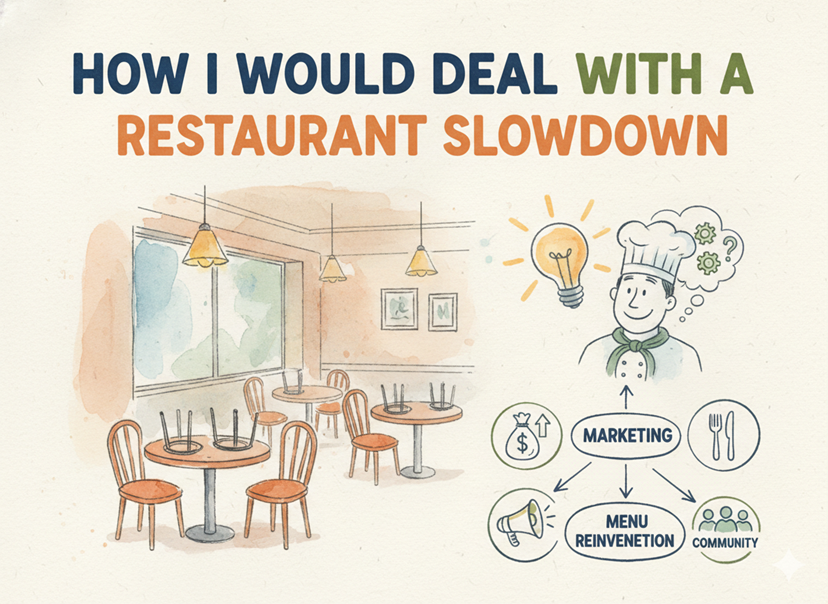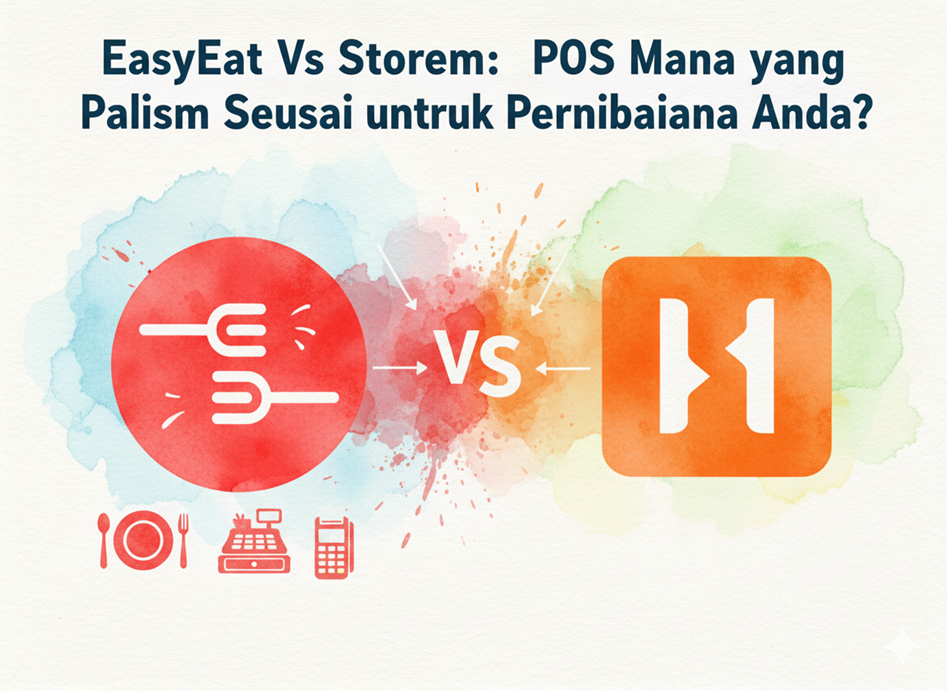The restaurant industry is a major contributor to food waste. Every day, restaurants throw away hundreds of pounds of food. But have you ever wondered how much of that waste is necessary? Beyond the environmental damage, food waste directly affects your restaurant’s bottom line by draining your revenue. Reducing food waste not only cuts costs but also improves profitability and increases your restaurant’s sustainability.
Understanding how to calculate food waste and where improvements can be made is key to keeping your food waste—and your expenses—under control. In this blog, we will dive into how much food restaurants typically waste, the types of waste that occur, and strategies to reduce waste in your restaurant. Ready to take control of your restaurant’s food waste? Let’s get started!
How Much Food Does a Restaurant Waste?
Recent studies show alarming figures when it comes to food waste in the restaurant industry. According to a report from ReFED, food costs account for about 28-35% of a restaurant’s total sales. Food waste directly impacts these costs. Another study from the Food and Agriculture Organization (FAO) estimated that globally, the food service industry generates a staggering 1.4 billion tons of food waste each year.
In your restaurant, the amount of food waste can depend on several factors, such as the size of your restaurant, how often you stock ingredients, and the menu items you offer. Smaller restaurants usually produce less food waste compared to larger ones, but that doesn’t mean small restaurants are immune to this issue. Regardless of size, reducing waste should be a priority for every restaurant owner.
Types of Restaurant Food Waste
There are several categories of food waste in restaurants. By identifying these types, you can understand which areas need the most improvement.
- Prep Waste: This happens during food preparation. It includes trimmings, peelings, and excess ingredients that are never used.
- Plate Waste: When customers don’t finish their food, what remains on their plates is thrown away. This can result from oversized portions or customers ordering more than they can eat.
- Spoilage: Food that spoils because it wasn’t stored properly or wasn’t used in time leads to spoilage waste.
- Overproduction: When too much food is prepared for the day and isn’t sold, it gets discarded.
- Inventory Waste: Ingredients that weren’t used in time and have spoiled before they could be used fall under inventory waste.
- Transportation Loss: Food that gets damaged during transit and becomes unusable also contributes to waste.
How Do you Calculate Food Waste Percentage?
- Track Purchases: Keep a record of all the food items you buy. This includes fresh ingredients, pre-made items, and anything else used in your kitchen.
- Track Usage: Record how much of each ingredient is used in the dishes you prepare and serve.
- Track Waste: Track how much food is thrown away due to spoilage, overproduction, or customer plate waste.
- Calculate the Total Waste: Subtract the amount of food used in your dishes from the total amount purchased to find the total waste.
- Calculate Waste Percentage: To get the waste percentage, divide the total waste by the total food purchased, then multiply by 100. This is your restaurant’s food waste percentage. For example, if you bought 100 pounds of food and wasted 20 pounds, your food waste percentage is 20%.
Knowing this percentage helps you track how much food is being wasted and allows you to set targets for improvement.
What Contributes to Restaurant Food Waste?
Several factors lead to food waste in restaurants. Understanding them can help you target solutions more effectively.
Overproduction
One of the main reasons for food waste is overproduction. Restaurants often prepare more food than needed to meet unpredictable customer demand. Leftover food at the end of the day often ends up in the trash.
Plate Waste
Portion sizes play a huge role in plate waste. When portions are too large, customers are more likely to leave food on their plates, which ends up being wasted. This can also happen if customers lose their appetite or change their mind after ordering.
Poor Inventory Management
Without a proper inventory management system, food is more likely to expire or spoil before it’s used. Poor storage practices can also cause food to lose quality or spoil, leading to even more waste.
Incorrect Portion Sizes
Oversized portions not only contribute to plate waste but also lead to higher food costs. Restaurants often end up wasting food when they provide more than what a customer can reasonably eat.
Expired Ingredients
Restaurants often buy ingredients in bulk to save on costs, but unused ingredients can expire before they are used, leading to inventory waste.
Prepared but Unserved Food
Restaurants sometimes prepare food in advance for busy hours or certain menu items. However, when these items aren’t ordered or when orders get canceled, that food has to be discarded.
Strategies to Reduce Restaurant Food Waste
Reducing food waste not only saves money but also helps the environment. Here are some strategies to lower food waste in your restaurant.
1. Implement Portion Control
Large portions are a common cause of food waste. To reduce this, adjust portion sizes so they match customer demand. Offering different portion sizes, such as small or half portions, can also be a great way to reduce waste while meeting your customers’ needs.
2. Track Your Inventory
Using an inventory management system like Food Market Hub allows you to keep track of ingredients and their expiration dates. With this software, you can plan purchases more effectively and avoid wasting ingredients that go bad before being used.
3. Use Leftovers
Don’t just toss leftovers—find ways to repurpose them. Create new dishes or offer them as specials. This way, you can reduce waste and introduce variety to your menu.
4. Work with Suppliers
Collaborate with your suppliers to only order what you need. Adjusting delivery schedules and order quantities can help prevent overstocking ingredients that you won’t use in time. You can even negotiate with suppliers for smaller but more frequent deliveries to reduce the risk of spoilage.
5. Donate Surplus Food
If you have food that can’t be used but is still safe to eat, consider donating it to local food banks or shelters. This not only helps reduce waste but also allows you to contribute to your community.
By tracking your restaurant’s food waste and implementing strategies to reduce it, you can make a positive impact on your profits and sustainability. Tools like the Food Market Hub make it easier to track inventory and manage waste effectively, saving you time and money.
We all have a responsibility to conserve our resources and reduce our carbon footprint. For restaurant owners, that responsibility starts with tackling food waste. Start calculating your restaurant’s food waste percentage today, and begin implementing strategies to cut down on unnecessary waste. It’s worth it for your business, your community, and the environment.
By taking control of your food waste, you’ll not only save money but also make your restaurant a more sustainable business. Now’s the time to take action!




